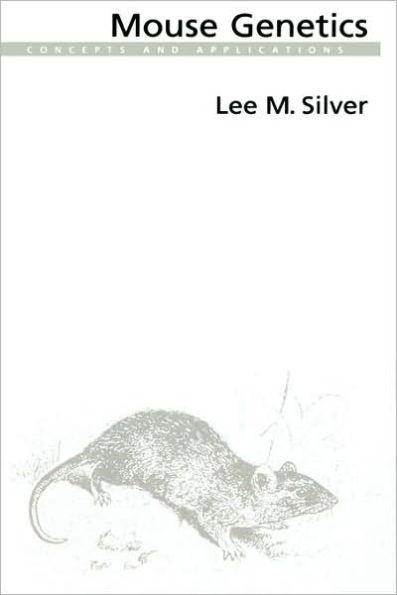5
1
9780195075540


Mouse Genetics: Concepts and Applications / Edition 1 available in Hardcover

Mouse Genetics: Concepts and Applications / Edition 1
- ISBN-10:
- 0195075544
- ISBN-13:
- 9780195075540
- Pub. Date:
- 04/13/1995
- Publisher:
- Oxford University Press
- ISBN-10:
- 0195075544
- ISBN-13:
- 9780195075540
- Pub. Date:
- 04/13/1995
- Publisher:
- Oxford University Press
205.0
In Stock

Product Details
| ISBN-13: | 9780195075540 |
|---|---|
| Publisher: | Oxford University Press |
| Publication date: | 04/13/1995 |
| Pages: | 376 |
| Product dimensions: | 6.42(w) x 9.41(h) x 1.12(d) |
About the Author
From the B&N Reads Blog
